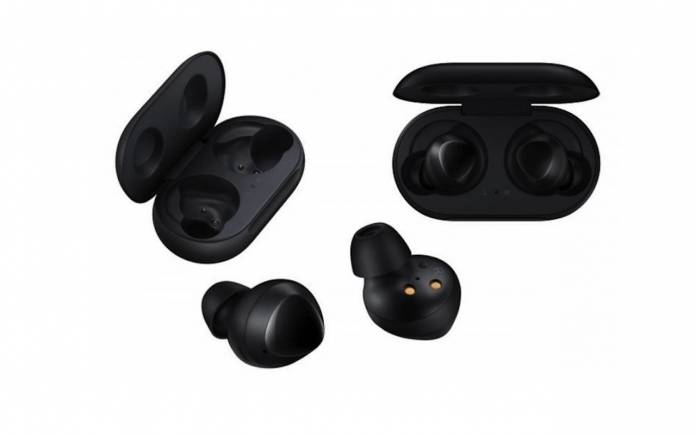
While smartphone and tablet sales took a hit during the first quarter of 2020, it seems that the wearables market is somewhat thriving during this time of work and study at home situations. Data from the International Data Corporation says that the global shipments of wearable devices increased 29.7% year over year from January – March 2020. But if you think it’s the smartwatches driving the numbers, it’s actually the wristbands and the “hearables” that are offsetting the decline in the traditional wearables.
The report for the Worldwide Quarterly Wearable Device Trackers shows that the wristband category, courtesy of devices like the Fitbit Charge 4 and the ones from Xiaomi and Huawei, grew 16.2% during this first quarter. As expected, smart and basic watches are not doing too good given that components and resources have been affected by the COVID-19 pandemic and it is experiencing the same decline as smartphones and computers.
The “hearables” or the earwear category meanwhile grew 68.3% and actually accounts for 54.9% of the entire wearables market. Jiteshi Urbani, research manager for IDC Mobile Device Trackers, attributes this growth to the fact that a lot of people are working from home and so they needed earpieces for video calls, noise isolation, easier playback, etc. There has also been a surge in products released under this category and so consumers had several options to choose from.
Brands like Huawei, Garmin, and Huami experienced growth as they grew less dependent on China and ventured into other markets like the U.S, Europe, and other countries in Asia. Apple is still top dog with 29.3% of the market but mostly because of its Beats and AirPods lineup. Xiaomi is second with 7.3 million wristbands and watches sold. Samsung is 3rd and 74% of its shipments is actually from its earwear business.
Huawei and subsidiary Honor were fourth, benefitting from expanding outside of China but they also managed to grow in their local market due to their strong online presence. Fitbit was fifth but experienced decline due to facing supply and production issues and not having hearable products. You can read the entire report here.









